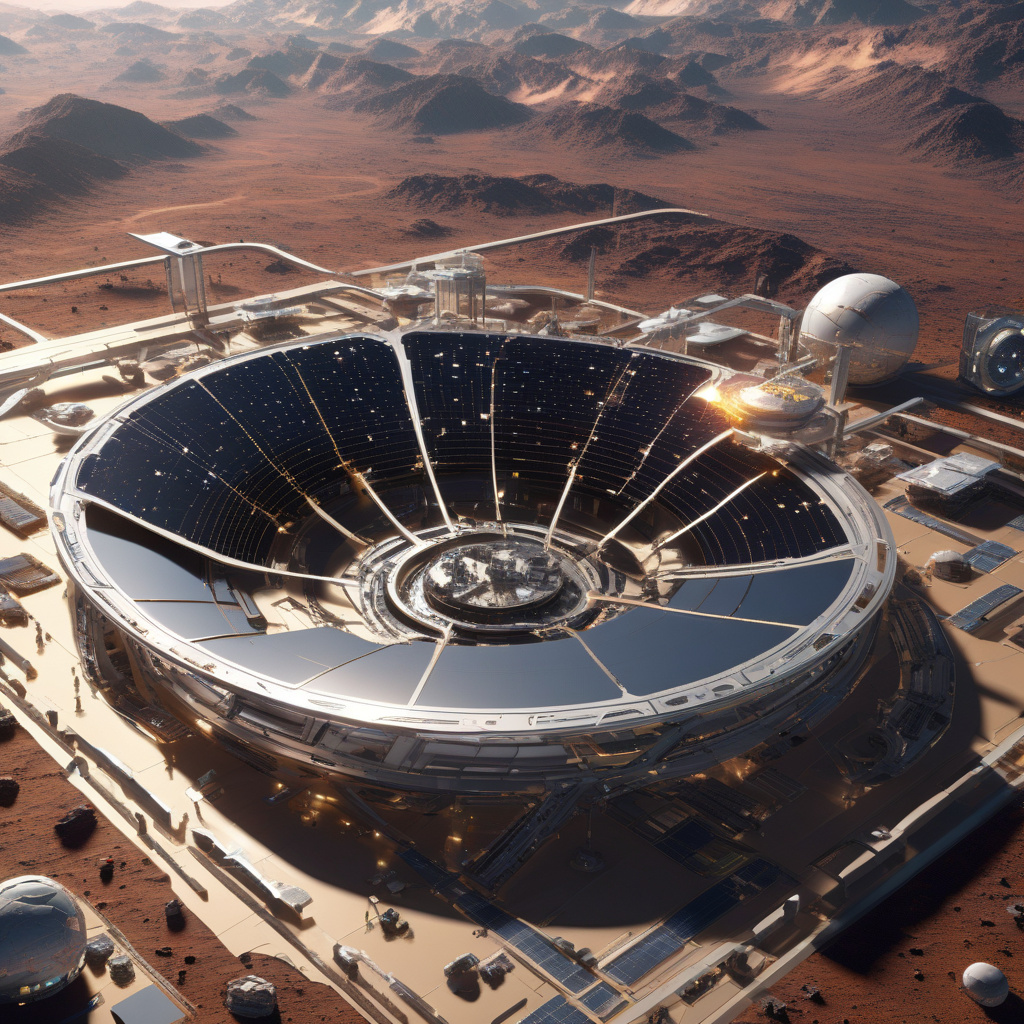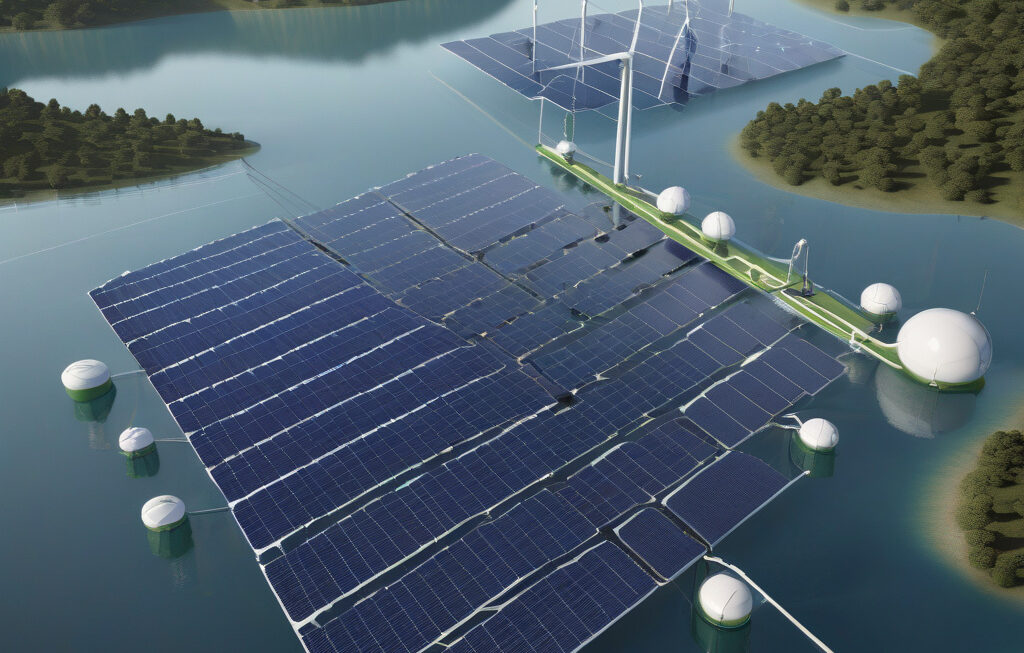AI: Consuming Power at an Alarming Rate – Can Orbital Solar Data Centers be the Solution?
In the realm of technological advancements, Artificial Intelligence (AI) stands at the forefront, revolutionizing industries, streamlining processes, and enhancing efficiency. However, this surge in AI development comes at a cost – a substantial increase in power consumption. As AI continues to evolve and integrate into various facets of our lives, the demand for energy is skyrocketing, outpacing the Earth’s ability to supply sustainable power. In light of this pressing issue, the concept of orbital solar data centers has emerged as a potential solution to mitigate the strain on our planet’s resources.
Chris Young’s Beyond Earth column delves into the intricate intersection of space technology and policy, shedding light on innovative ideas that could shape the future of energy consumption. The notion of orbital solar data centers represents a paradigm shift in how we harness and utilize solar power. By placing solar panels in orbit around the Earth, these data centers can capture significantly more sunlight compared to ground-based installations. This increased efficiency translates to a higher energy output that could potentially meet the escalating demands of AI systems.
One of the key advantages of orbital solar data centers is their ability to circumvent the limitations of terrestrial solar power generation. On Earth, factors such as inclement weather, nighttime, and geographical location can hinder the effectiveness of solar panels. In contrast, satellites in orbit are not bound by these constraints, enabling them to continuously collect solar energy and transmit it back to the surface using microwaves or lasers. This constant power supply could provide a reliable source of energy for powering AI systems round the clock.
Moreover, orbital solar data centers have the potential to address another critical issue associated with traditional power sources – energy distribution. In many regions, especially in remote or underdeveloped areas, establishing a stable energy grid is a challenging endeavor. By beaming energy from space, these data centers could reach far-flung locations that are otherwise underserved by conventional power infrastructure. This not only fosters technological advancement in these regions but also contributes to bridging the global energy gap.
While the concept of orbital solar data centers holds immense promise, it is not without challenges and considerations. The initial cost of deploying and maintaining such infrastructure in space is a significant investment. However, proponents argue that the long-term benefits, including reduced environmental impact and enhanced energy sustainability, outweigh the upfront expenses. Additionally, ensuring the safety and efficiency of wireless power transmission from space to the Earth’s surface requires stringent technological safeguards and regulatory frameworks.
As we stand at the cusp of a pivotal moment in the evolution of AI technology, the need for innovative energy solutions has never been more apparent. Orbital solar data centers offer a glimpse into a future where clean, renewable energy sources can support the relentless growth of AI applications without depleting the Earth’s resources. By harnessing the boundless power of the sun from space, we may pave the way for a more sustainable and technologically advanced society.
In conclusion, the intersection of space technology and energy innovation presents a compelling opportunity to address the escalating power demands of AI. Orbital solar data centers embody a bold vision for the future, where cutting-edge technology converges with environmental consciousness to propel us towards a more sustainable tomorrow.
#AI, #OrbitalSolarDataCenters, #RenewableEnergy, #SpaceTechnology, #EnergyInnovation












